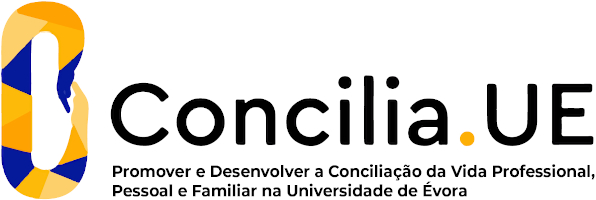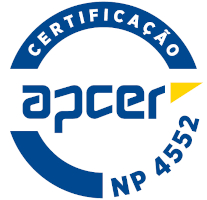Architecture Design Studio VI
Sustainable Development Goals
Learning Goals
This curricular unit deepens the subject of interaction between architectonic project and the structure of the urban
core, benefiting from the developed research in curricular units Urbanism I and Urbanism II. . Will be analysed
remarkable architectonic projects, for example, accordingly, mostly, to its integration in urban context. Following
that analysis will be accomplished one exercise, in which must correspond increase of complexity and scale,
assuming the program while essential data and regulator of the project.
Objectives:
1. Develop skills realated to the use of project’s tools
2. Develop skills related to the ability of critical observation and architectonic analysis
3. Develop project’s communication strategies
4. Consolidate methodological basis of spatial composition
5. Consolidate ability to establish a congruent relation with an existing urban structure
Contents
Subject: Context: the urban core and its interaction with the architectonic set
1. Project tools: sketch, technical drawing by computer, model
2. Analysis of study cases accordingly to its interaction with a urban core
3. Urban integration
4. Representation of Architecture: sketch, technical drawing by computer, photomontage, model, text and oral presentation
To each programmatic topic corresponds an enounced objective.
Teaching Methods
The teaching methodology frames and potentiates the objectives of the curricular unit, earching to ensure its coherence:
1. By personalized and tutorial attendance, through experience and verification, in a context of laboratorial practice (atelier) stimulating critical and analytic readings.
2. Accordingly to the outset to stimulate transversality with taught issues in other curricular units, particularly the ones related to cities and urban design studies.
3. Audiovisual supported classes, lectures and study visits.
4. The evaluation system searches to underline the curricular objectives, promoting continuous work and setting of knowledge, as well as development of research methodologies, essential conditions to foster students critical inquiry.
Assessment
Evaluation is ruled only by continuous evaluation system, resulting on attendance of the students’ work along the semester, and will be achieved based on demonstration of dominion of taught contents. The students must assist, mandatorily, to 75% of the classes, to be able to get approval in the curricular unit.
Recommended Reading
KOOLHAAS, Rem, La ciudad genérica. Barcelona: Editorial Gustavo Gili SL, 2006, Colección: GGmínima. Título
original: The generic city, publicado originalmente em Domus, 791, Março de 1997
LYNCH, Kevin, A imagem da cidade. Lisboa: Edições 70, 1982
MUMFORD, Lewis, A cidade na história. Martins Fontes: Unb, 1982
ROSSI, Aldo, A arquitectura da cidade. São Paulo: Martins Fontes, 1995
SMITHSON, Alison e Peter, The Charged Void – Urbanism. The Monacelli Press, 2003
VENTURI, Robert, Complejidad y contradicción en la arquitectura. Barcelona: Editorial Gustavo Gili SA, 1992
VIRILIO, Paul, «The Oblique Function», in Architecture Principe, n.1, Fevereiro de 1966.
VIRILIO, Paul, «The Overexposed City» (1991), in Neil Leach (ed.), Rethinking Architecture. Londres: Routledge,
1997
VIRILIO, Paul, Estética de la desaparición. Barcelona: Anagrama, 1998
VIRILIO, Paul, La Inercia Polar. Madrid: Trama Editorial, 1999





















